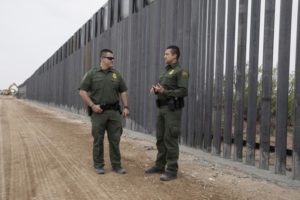
Customs and Border Protection’s acquisition and installation of new border wall segments along portions of the southern U.S. border is lacking in terms of required analysis and planning to achieve operational control of the border, the Department of Homeland Security’s Inspector General charges in a new report. CBP failed to conduct an updated analysis of alternatives required as part one of the required milestones for any major DHS acquisition project, didn’t properly prioritize where different sections of border barriers should…

 By
By 











